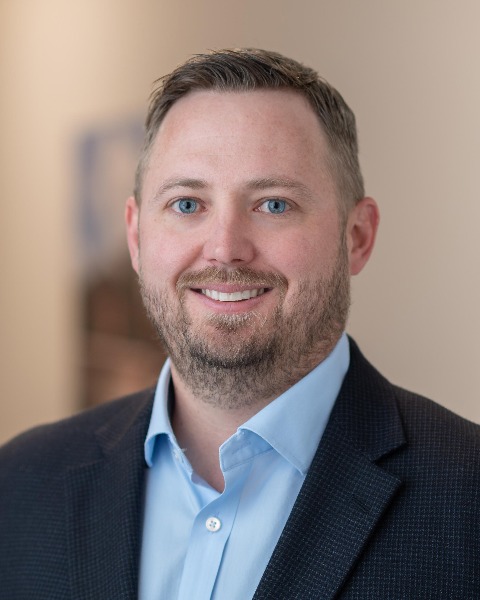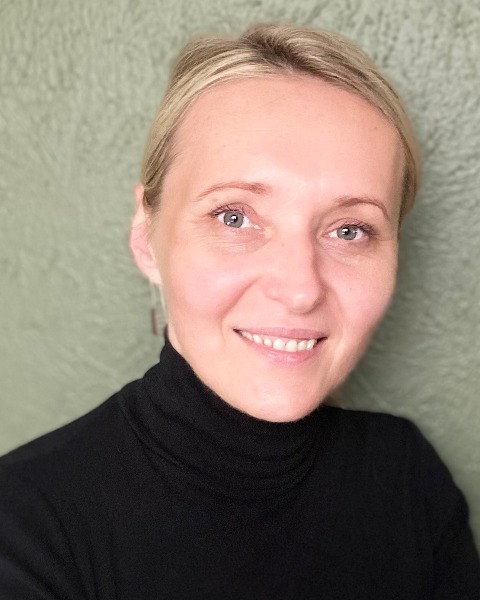Concurrent Session
Dam Failures and Incidents
Public Safety at Dams
General Dam Safety or Levee Policy
General Case Studies
New and Emerging Technologies
Session: Best of the Rest
CS22A - Concurrent Session 22A: Owner's Perspective: Addressing Seepage Issues During Dams Normal Operation
Tuesday, September 19, 2023
3:30 PM - 4:00 PM PDT
Location: Sierra
Dam repairs typically address pressing problems that take extended time to complete. This can cause interruption to routine dam operations and negatively impact public activities in the project vicinity. Crafting phased solutions — along with effective communication — can limit disruptions and smoothly address the issues. Repairs at Eagle Mountain Lake show how long-developing seepage issues, can be best addressed by a “take your time, do it right” method rather than a rushed solution.
Eagle Mountain lake is a major water supply reservoir for Fort Worth, Texas, that was constructed in the 1920s and is owned by Tarrant Regional Water District. Since the 1950s, seepage and perennially wet areas have been observed on the downstream slope of the earthen embankment. Decades of seepage had raised potential safety issues, along with erosion, piping and other dam safety concerns. Determining the right approach for repairs required careful upfront study, and preparation and execution of the final solution required pristine planning. Developing the quality control/quality assurance program, testing and monitoring resulted in successful construction that was completed within three months of the contract award with minimal disruption to dam operations and local traffic.
A five-year preconstruction study collected site data through geotechnical borings, lab testing, topographical surveys and field instrumentation. Four years of monitoring the site helped with understanding the groundwater regimen in relation to lake level variations. This data was later numerically modeled and a Cutter Soil Mixing (CSM) Wall, was selected as a cutoff system through a comparative alternatives analysis. The 250-ft wall alignment and technical specifications were developed and the contract was awarded in February 2022. This paper will focus on the challenges encountered during construction, including conflicts with existing instrumentation, narrow windows for navigation, steady QA control and presence of existing fill material. Comparison of the instrumentation reading pre- and post-construction indicates the phreatic surface downstream of the seepage barrier is lowered more than 6 ft at the time of this submission, while at the same time, no seepage is present at the downstream face of the dam, indicating a successful installation.
This project’s lessons in addressing long-developing problems through careful coordination can be applied to dam repairs large and small.
Eagle Mountain lake is a major water supply reservoir for Fort Worth, Texas, that was constructed in the 1920s and is owned by Tarrant Regional Water District. Since the 1950s, seepage and perennially wet areas have been observed on the downstream slope of the earthen embankment. Decades of seepage had raised potential safety issues, along with erosion, piping and other dam safety concerns. Determining the right approach for repairs required careful upfront study, and preparation and execution of the final solution required pristine planning. Developing the quality control/quality assurance program, testing and monitoring resulted in successful construction that was completed within three months of the contract award with minimal disruption to dam operations and local traffic.
A five-year preconstruction study collected site data through geotechnical borings, lab testing, topographical surveys and field instrumentation. Four years of monitoring the site helped with understanding the groundwater regimen in relation to lake level variations. This data was later numerically modeled and a Cutter Soil Mixing (CSM) Wall, was selected as a cutoff system through a comparative alternatives analysis. The 250-ft wall alignment and technical specifications were developed and the contract was awarded in February 2022. This paper will focus on the challenges encountered during construction, including conflicts with existing instrumentation, narrow windows for navigation, steady QA control and presence of existing fill material. Comparison of the instrumentation reading pre- and post-construction indicates the phreatic surface downstream of the seepage barrier is lowered more than 6 ft at the time of this submission, while at the same time, no seepage is present at the downstream face of the dam, indicating a successful installation.
This project’s lessons in addressing long-developing problems through careful coordination can be applied to dam repairs large and small.

Mark Ickert
Freese and Nichols, Inc.

Dorota Koterba
Tarrant Regional Water District

.png)